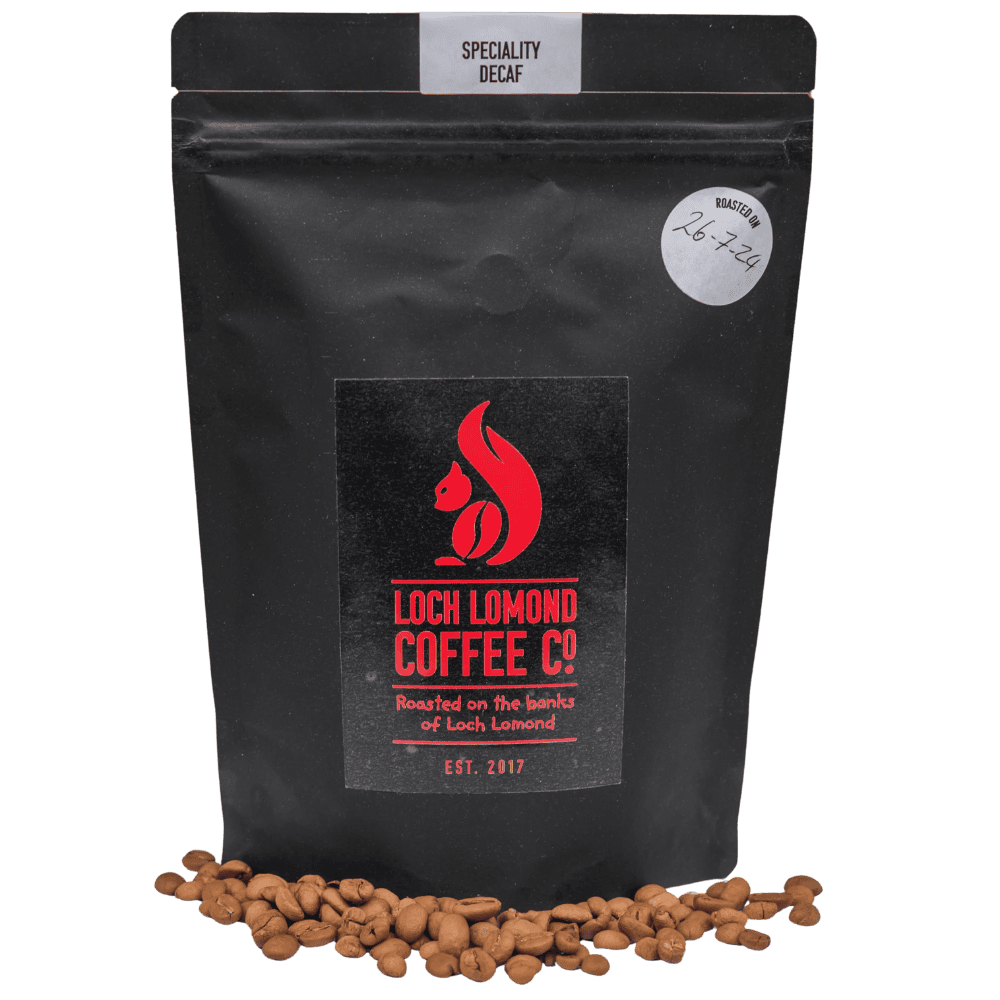Please see below for a bit of information on these beans.
This unique lot from Monpi coffee is made entirely from Smallholder farms from Lufa and Okapa Districts. Each lot is sourced by local coffee entrepreneur Mr Peno Kavori, Monpi’s regional partner with more than 30 years of experience. From the Tua valley in the north, through the Crater Mountain range, down to the lower Lamari valley in the south, Mr Kavori’s fleet of vehicles helps to source some of the best coffee in the region, pay fair prices and incentivise local farmers to produce a quality product. Coffee was initially introduced to Papua New Guinea (PNG) in the late 19th century and is directly linked to the country’s colonial history. Likely, coffee was first grown in PNG by Emma Coe Forsayth: a businesswoman and plantation owner of mixed American and Samoan descent. Emma set up large cocoa and coconut plantations in the Kokopo District in the East New Britain Province (ENBP). It is probable that her vast plantation also included coffee. Today, coffee is a major industry for Papua New Guinea, with the country currently exporting around 1 million bags of coffee every year, involving more than 2.5 million people (nearly half of the total population)
The raw, unroasted coffee is moistened with water and put into a vessel that is brought into contact with pressurised, liquid carbon dioxide. By circulation through the coffee, the carbon dioxide draws the caffeine out of the bean. In an evaporator, the
caffeine precipitates out from the CO2, which, after evaporation and re-condensation, is pumped again into the vessel containing the coffee for a new cycle. When the required residual caffeine level is reached, CO2 circulation is stopped. The coffee is discharged into a drier, gently drying until it reaches the original moisture content. The coffee is then ready for roasting.
Postage for orders over £50 is free. Delivery UK only.

